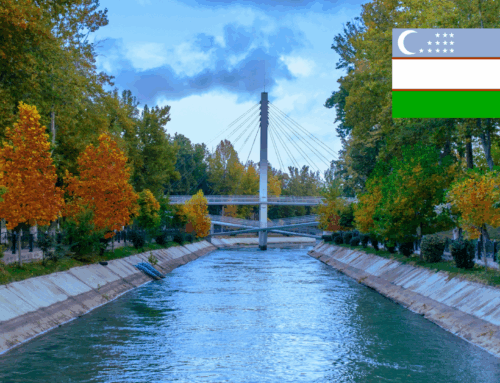The Nature Restoration Act came into force on 18 August 2024. It is a key element of the European Green Deal and the EU Biodiversity Strategy. The aim is to reverse the loss of nature, achieve climate neutrality and increase Europe’s preparedness and resilience to the effects of climate change.
The scheme will help the EU and its Member States to achieve the restoration target they committed to under the Kunming-Montréal Global Biodiversity Framework at COP15 in December 2022.
Nature Restoration Act entered into force
The Nature Restoration Act came into force on 18 August 2024. It is a key element of the European Green Deal and the EU Biodiversity Strategy. The aim is to reverse the loss of nature, achieve climate neutrality and increase Europe’s preparedness and resilience to the effects of climate change.
The scheme will help the EU and its Member States to achieve the restoration target they committed to under the Kunming-Montréal Global Biodiversity Framework at COP15 in December 2022.
National restoration plans every two years
Different restoration targets apply to different ecosystems: from peatlands, forests, agricultural land, marine areas and freshwater bodies to cities, where more trees and green spaces will help to clean and cool the air. The Member States themselves decide which specific measures are to be implemented on their territory. They will develop their national recovery plans in an open and transparent way, and the needs and measures will be adapted to the national context.
Support from the European Commission
The Commission will support the national authorities in drawing up their plans. The draft plans will be submitted to the Commission within two years from 18 August and will include milestones for the years 2030, 2040 and 2050.
Biodiversity continues to decline at an alarming rate
Through these measures and targets, the new law will help to restore biodiversity in the EU and halt the further loss of biodiversity, which continues at an alarming rate. Today, over 80 per cent of assessments of the conservation status of European habitat types indicate poor or very poor status, with many habitats continuing to deteriorate. Biodiversity is essential for challenges such as water scarcity, threats to food security or zoonotic diseases. Successful examples of restoration projects across Europe show that conserving biodiversity brings many social and economic benefits.
Reinforcing Europe’s resilience (europa.eu)
Sources: Report from Brussels No.24/2024 and EU press release of 16thAug.2024






